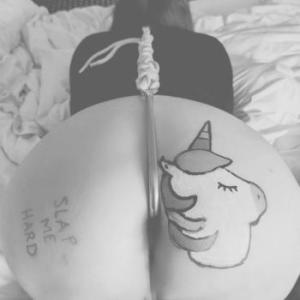Full time bdsm submissive looking for controlling mistress or master.
I just finished school and now looking for a place to live 24/7 and served. I'm willing to do anything and lose all control permanently.
My name is Josh and I'm fit and healthy.
I am willing to lose all control permanently , I will do anything in restraints or tight or sexy wear , I love to do house work from serving guests or you , cooking and cleaning, outdoor labour, sleep and be locked up for hour
Restraints
All you need to know about restraints
For all bondage lovers
- Overview
- Kinky members who are or like: Restraints
- What are restraints?
- How do you use restraints safely?
- I don’t like rope, what other restraints are there?
- Can you use restraints with impact play?
- Magazine articles that include: Restraints
- Threads and discussions that include: Restraints
- BDSM dates with kinksters looking for: Restraints
Kinky men into restraints
Kinky women into restraints
Kinky couples into restraints
What are restraints?
Anything you use to stop another person (or sometimes yourself) from moving. This can be anything from rope to your own body.
How do you use restraints safely?
If you are restraining anyone you need to be aware of the areas, such as pressure points, that need to be avoided. Also be sure not to tie or tighten anything to a point where it cuts off circulation. Be sure you can fit a finger between the restraint and the person’s skin. Make sure they have a safeword to use if they need to end the scene and always have some way to get the person out of their bondage quickly and safely. Safety shears are very useful for this. And never, ever leave a restrained person on their own for any period of time.
I don’t like rope, what other restraints are there?
Chain is a popular alternative to rope. You can use hand cuffs, spreader bars, shackles even your own tie or hands can work too.
Can you use restraints with impact play?
It is possible to mix spanking and bondage but you need to know your partner well and make sure they have some room to move. Sometimes, the bottom can’t help but move, so you need to allow room for them to do so otherwise they could strain muscles.
Threads and discussions that include: Restraints
Velcro restraints
MartinISD posted a topic in BDSM Gear & Sex Toys
What are everyone's thoughts on velcro restraints? Do they work reasonably well? Are they a good safe option compared to complex knots? ...
Leather restraints and harnesses.
Saddler posted a topic in Leather, Latex & Other Fetish Clothing
I always found it hard to find decent quality leather restraining gear. Everything just looked a little cheap and riveted together. Where are my fellow saddlers and why aren't they applying their skil ...
Favorite restraints
Deleted profile posted a topic in BDSM Forum
To my subs and rope bunnies out there, what is your favorite way to be restrained? Ropes, cuffs, belts, etc? Please try to be specific. Like if you say rope, than say how you like to be tied. ...















